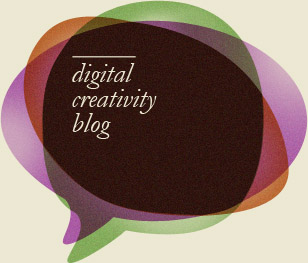Content is everywhere and always present. It is what we read, watch, listen to or look at. Digitally, content is data. In the UK, data employs 1.52 mio people in the IT industry. In June 2011 there were roughly 346,000,000 websites worldwide in over 4000 languages. 60 hours of video are uploaded to YouTube every minute and 200 mio pictures to Facebook every day.
Compared to 10 years ago, we also spend more time generating content. 40% of Twitter's 500 mio users are active tweeters, generating 340 mio tweets a day. But many tweets are merely reactions to events and re-tweets, which leads to innumerable content duplications and subtle variations of existing data.
The question arises: What type of content is "valuable" for a company and how can it be made relevant for its customers? Copywriter and marketer Dan Kennedy notes, that "your ability to build a company or sustainable advantage because you have a better concept or better content is over".
Meaning and significance derives from the context in which content is looked at. In the case of a news story, it provides us with a perceived understanding of an event in time. This understanding might be different a day later as the story unfolds. So, if time changes how we see things then "matters of fact" are perceptions in our mind. These facts are different depending on the person, place and time - context in general. It changes how appropriate content is in the very moment we engage with something.
Context and content for websites
To understand the value of content, a company would be well advised to find out at what stage in the buying process a consumer is most profitable. Knowing how far advanced someone is in deciding to go ahead with a purchase can make or break the conversion. There are many possibilities in digital channels to leverage the information about a user to optimize the experience in this exact moment.
One such possibility is search term marketing where the keyword someone uses to look up information reveals the stage within the buying process. For example "camcorder" would be at the beginning of the decision-making process whilst "Panasonic SD-800 below GBP300" is nearer a close because the person has gathered already extensive knowledge about the product and now wants to find the best purchase options.
On a website, content would be displayed differently based on the information about the user. Someone at the end of a decision-making process may be confronted with a product comparison page with as many options as needed to help guiding the decision, so that a conversion is secured. Someone who just started browsing around should be directed to a detailed product page with general information and benefits.
But technology isn't the only way to provide context. Another example for the relevance of context is how quickly customer complaints are dealt with. A swift response is almost certainly more appreciated than a late one, even if the content of the response was exactly the same.
All these aspects seem to be common sense, but in reality it is surprisingly frequent to find e-commerce experiences that disregard these simple facts. Let's take the mobile booking process of a major airline for example. At the end of the booking process is a button that allows to print the ticket. What appears like the standard procedure for booking a flight is meaningless in this context because very rarely are mobile users connected to a printer.
Putting something into context is a task that requires in-depth understanding about people, places, price and the product. This is the cross road where information architecture and marketing meet, to create experiences that are relevant for users and consequently commercially viable.
Content isn't king, it never was. It's first lady. Context rules.
